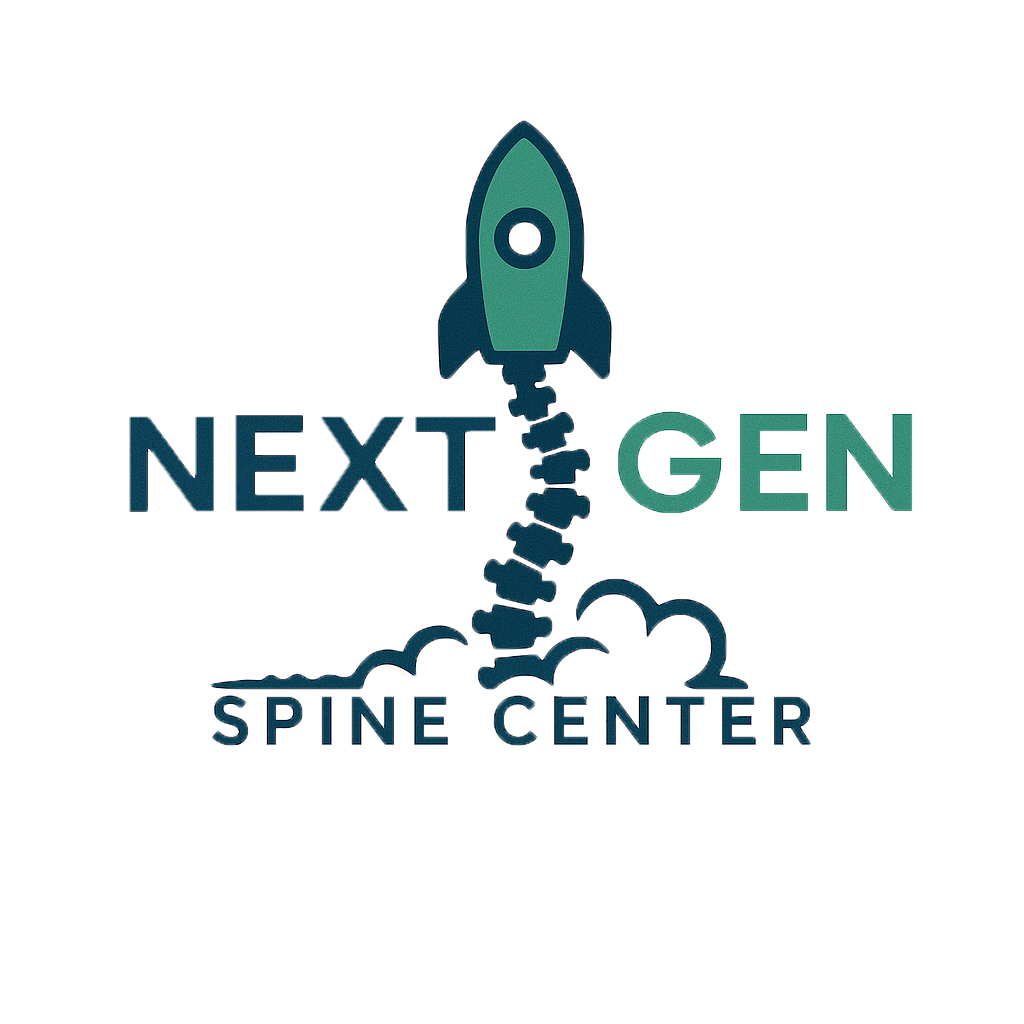Overview
Percutaneous discectomy is a minimally invasive procedure to remove a portion of a
herniated disc that compresses nearby nerves. Using a needle or small cannula and
specialized instruments, surgeons extract or shrink disc material without the need for large
incisions or open surgery. This technique can relieve nerve irritation and reduce pain with
minimal tissue disruption.
Advantages of Nextgen Spine Care’s Minimally Invasive Spine Surgery
- Small skin puncture or tiny incision.
- Minimal trauma to surrounding muscles and ligaments.
- Less postoperative pain and scarring.
- Faster recovery and return to daily activities.
- Performed as an outpatient procedure.
- Reduced risk of infection and complications compared to open surgery.
Explanation of the Procedure During a percutaneous discectomy:
- The patient lies comfortably under local anesthesia and sedation.
- A small needle or cannula is inserted into the affected disc using fluoroscopic (X-ray)
guidance. - Specialized instruments (such as a probe or suction device) remove or shrink the disc
material. - The decompression reduces pressure on the nerve root.
- The small incision or puncture is closed with a simple dressing.
Patients return home the same day.
Common Symptoms That Can Be Relieved
- Radiating leg pain (sciatica) or arm pain.
- Numbness or tingling in extremities.
- Localized back or neck pain.
- Weakness in arms or legs.
- Pain that worsens with sitting, bending, or lifting.
Conditions That Could Cause These Issues
- Lumbar disc herniation.
- Cervical disc herniation.
- Small contained disc protrusions causing nerve compression.
